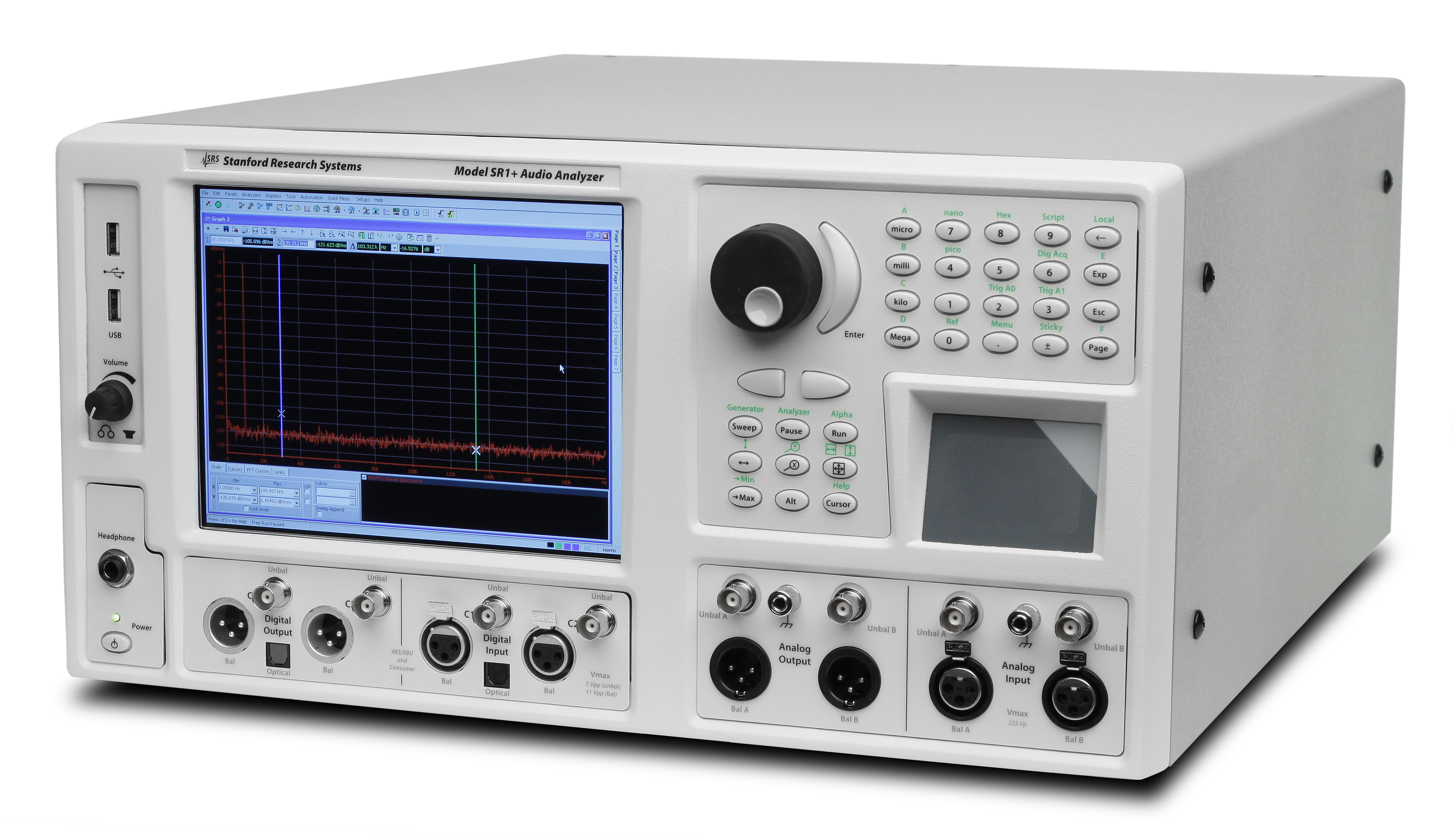
If you want to effectively measure the noise and audio spectrum from your amplifier or a stereo, then you will have to use an audio analyzer. It helps test and measure the audio performance of different electronic and digital devices. The audio analyzer works by sending a signal to the device under test (DUT), and the operator compares the original signal to that being emitted by the DUT.
Its working mechanism doesn’t end at that since it also analyzes the device’s performance based on several parameters such as gain, total harmonic distortion plus noise, signal-to-noise ratio (SNR), crosstalk, and phase.
Most audio analyzers have user interfaces that display the parameters measures. They can also be leveraged simultaneously with audio analyzer software and mobile applications. The signal test results are displayed either as bar or line graphs informing engineers on the performance of the device being tested.
If you’ve done a bit of research, then you should by now know about the three types of audio analyzers you can use to your advantage, i.e., analog, digital, and converter-based. The main difference between the analog and digital audio analyzers lies in the hardware used.
An analog audio analyzer uses analog hardware and filters to measure performance. On the other hand, digital audio analyzers generate and analyze signals using digital signal processing (DSP) algorithms.
When it comes to converter-based audio analyzers, they produce and assess signals in the digital domain and use analog-to-digital (ADC) or digital-to-analog converters (DAC) to create analog inputs and outputs.
So, how can you use the audio analyzer? Fret not since sound engineers and other professionals use audio analyzers for a wide range of scenarios. One notable example is device testing. An audio analyzer serves to check the device’s capability to produce quality sound by comparing it to standard equipment and ratings. Moreover, it checks for noise and interference in an electronic device.
Audio analyzers are also widely relied upon by product developers in improving devices. Ratings notify developers how technology can reduce noise and interference to produce quality sounds input and output for consumers.
Of course, you can also use an audio analyzer when you want to perform measurement and evaluation to ensure that electronic and electro-acoustic devices are in line with the set industry standards. Keep in mind products must adhere to individual specifications before their release to the general public.


